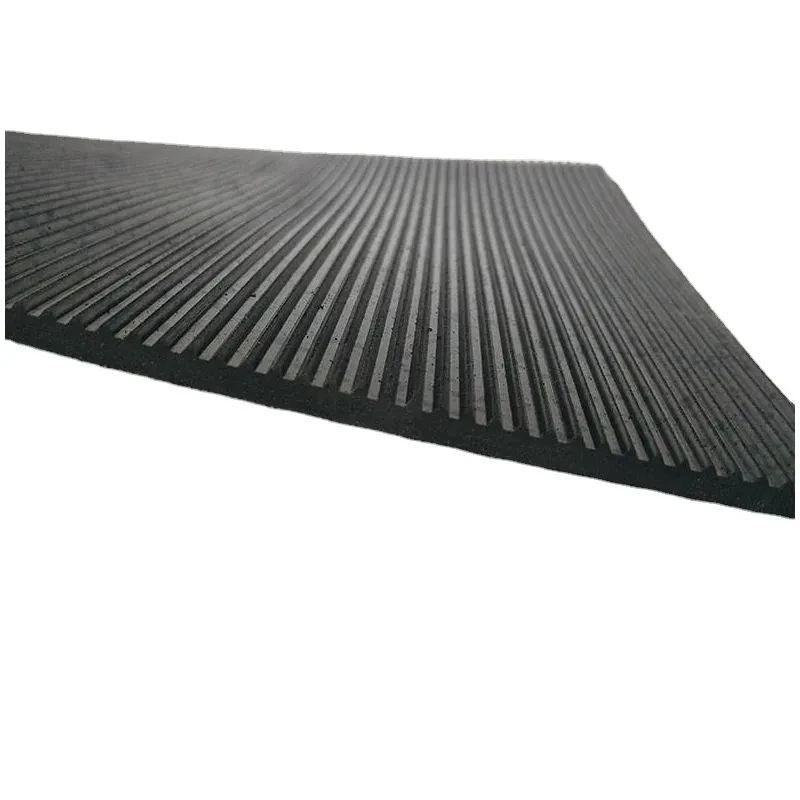automotive door seal rubber
The Importance of Automotive Door Seal Rubber
In the automotive industry, a vehicle's design and functionality are paramount to its performance and appeal. Among the multitude of components that contribute to a vehicle's overall quality, one often overlooked aspect is the door seal rubber. Despite its unimposing presence, this essential element plays a critical role in ensuring the longevity, comfort, and safety of a vehicle.
Understanding Door Seal Rubber
Door seal rubber, or weatherstripping, is a flexible material applied around the peripheries of car doors to create a seal between the door and the vehicle body. Typically made from durable materials like EPDM (ethylene propylene diene monomer), silicone, or PVC (polyvinyl chloride), door seal rubbers are designed to withstand environmental extremes while providing effective insulation and protection.
Key Functions of Door Seal Rubber
1. Weather Protection One of the primary functions of door seal rubber is to protect the vehicle’s interior from external weather conditions. It prevents water, snow, dust, and pollutants from entering the cabin, thereby enhancing the driving experience.
2. Noise Reduction Another significant benefit is noise insulation. Door seals effectively dampen wind noise, road noise, and vibrations, allowing for a quieter ride. This contributes to the overall comfort of passengers and drivers alike, making long journeys more enjoyable.
3. Temperature Control Door seal rubber helps maintain the vehicle’s internal climate. By preventing air leaks, it aids in maintaining consistent temperatures within the cabin, making heating and cooling systems more efficient and reducing overall energy consumption.
4. Enhanced Security A properly fitted door seal also contributes to vehicle security. It helps to create a tighter fit between the door and the body of the vehicle, making it more difficult for intruders to gain access.
automotive door seal rubber

5. Aesthetic Appeal Besides functional benefits, door seals also add to the aesthetic appeal of the vehicle. They provide a polished look to the doors and enhance the overall finish of the vehicle, which can influence customer perceptions and marketability.
Durability and Maintenance
Given their exposure to various elements, door seal rubbers are designed for durability. However, factors like UV radiation, temperature fluctuations, and chemical exposure can lead to degradation over time. Cracks, tears, or brittleness can compromise the seal's efficacy, leading to issues such as leaks and noise intrusion.
To prolong the life of door seal rubber, regular maintenance is essential. This can include cleaning the seals with mild soap and water to remove dirt and debris, as well as applying silicone sprays or conditioners to keep the rubber flexible and prevent cracking.
Replacement and Upgrades
Replacing worn or damaged door seal rubber is crucial for maintaining the vehicle's performance. Signs of wear may include difficulty closing doors, noticeable gaps, or visible cracks. Fortunately, replacing seals is generally an uncomplicated task for both manufacturers and aftermarket suppliers, allowing vehicle owners to easily procure and install new seals.
Moreover, advancements in seal technology have given rise to options designed for specific applications, such as noise-cancelling seals or enhanced thermal insulation features. Vehicle owners looking to elevate their driving experience may consider these upgrades for better comfort and efficiency.
Conclusion
In conclusion, while automotive door seal rubber may not be the most glamorous aspect of vehicle design, its importance cannot be underestimated. It ensures weather protection, noise reduction, temperature control, and security while enhancing the vehicle’s aesthetic appeal. Regular maintenance and timely replacement are vital for keeping these seals in optimal condition. As technology advances, the potential for innovations in door seal rubber will likely continue, reinforcing its essential role in modern automotive manufacturing.
-
Under Door Draught Stopper: Essential ProtectionNewsJul.31,2025
-
Garage Door Seal and Weatherstrips for ProtectionNewsJul.31,2025
-
Edge Banding Tape for Perfect EdgesNewsJul.31,2025
-
Table Corner Guards and Wall Corner ProtectorsNewsJul.31,2025
-
Stair Nose Edging Trim and Tile Stair SolutionsNewsJul.31,2025
-
Truck Bed Rubber Mats for Pickup BedsNewsJul.31,2025
-
Window Weather Stripping for Noise ReductionNewsJul.29,2025